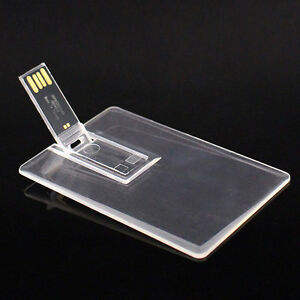


Depending on the size and speed of your flash drive, it may take a minute or two. With everything set, you may click on the Erase button to start the formatting process.If you’re not sure which option you should choose, continue reading this article to find out more information about the main file systems used by macOS and Windows. Before you can click on the Erase button located in the Erase tab, you must select which file system you would like to use and give it a name. Select your storage device from the list on the left and click on the Erase tab.At the bottom of the main window are storage device details, including disk description, connection type, USB serial number, total capacity, write status, S.M.A.R.T. The application will appear on the screen, and you will see the main window, with a list of available storage devices on the left and various disk management options on the right. Go to Applications and Utilities and launch Disk Utility.Connect the flash drive that you want to format.Your Mac computer comes with a handy utility appropriately called Disk Utility, which can be used to format any storage device. In this article, we are taking a closer look at the Disk Utility, which comes with all recent versions of the Mac OS X operating system and how you can use it to format USB drive on Mac. Some flash drives have to be formatted first before you can store files on them. Not every flash drive out there can be used with a Mac computer right out of the box.


 0 kommentar(er)
0 kommentar(er)
